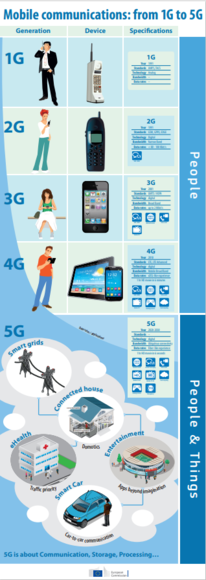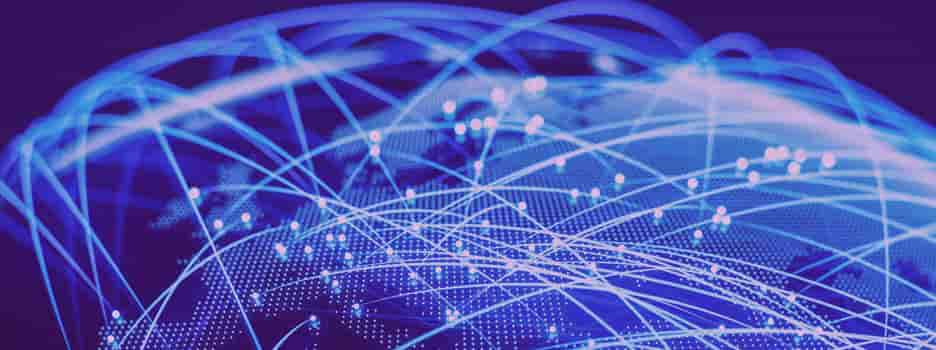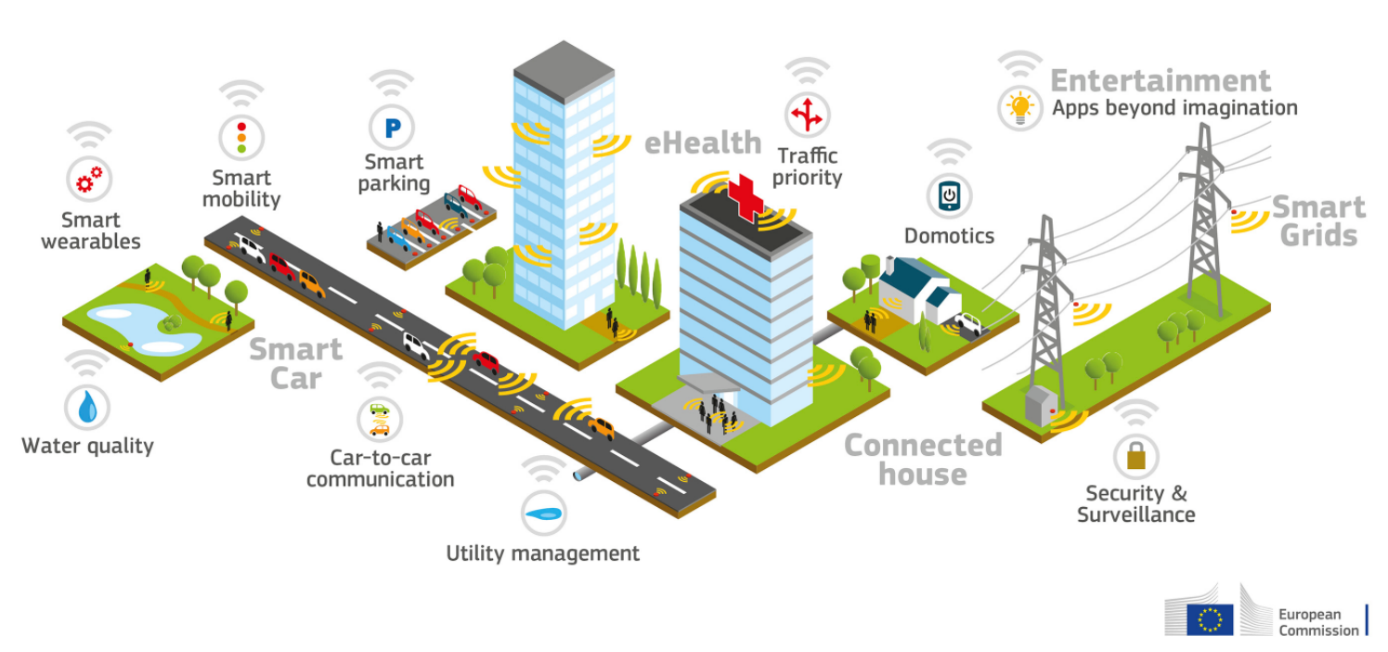There are five generations of mobile communication systems that have been developed since the 1980s. The term “generation” abbreviated as G in 1G, 2G, 3G and 4G refers to the major innovations in the state of mobile technology and associated services.
These innovations include the move from analog to cellular, development of data transmission capability, the integration of Internet protocols associated with convergence to multiple forms of communications media, and the wide array of services that are increasingly available on mobile devices.

2G or Second generation
The most widely known 2G wireless technology is known as GSM. The 2G wireless networks expanded the range of applications to more advanced voice services and provided data and fax transfer as well as a range of other value-added services. 2G systems are not, however, suitable for web browsing and multimedia applications.
3G or Third Generation
Third generation of mobile telecommunication systems, such as UMTS, uses high-speed data transfer and radio terminal technology. These enable multimedia and other dynamic features. The 3G systems found application in wireless voice telephony, mobile Internet access, fixed wireless Internet access, video calls and mobile TV.
4G or Fourth Generation
LTE is a global standard for the fourth generation of mobile broadband. LTE has been developed to offer greater capacity and speed over the mobile network to cater for the enormous growth in mobile data and the number of users. 4G provides, in addition to the usual voice and other services of 3G, mobile broadband Internet access. Potential and current applications include amended mobile web access, IP telephony, gaming services, definition mobile TV, video conferencing, 3D television, cloud computing mobile broadband and other mobile broadband Internet access. Current applications include amended mobile web access, IP telephony, gaming services, high-definition mobile TV, video conferencing, 3D television, and cloud computing.
5G or Fifth Generation
The Fifth generation of mobile telecommunication provides according to the European Commission “virtually ubiquitous, ultra-high bandwidth, “connectivity” not only to individual users but also to connected objects” and “will serve a wide range of applications and sectors including professional uses” (Opinion of the European Committee of the Regions — The review of the telecom package (2017/C 207/15)

